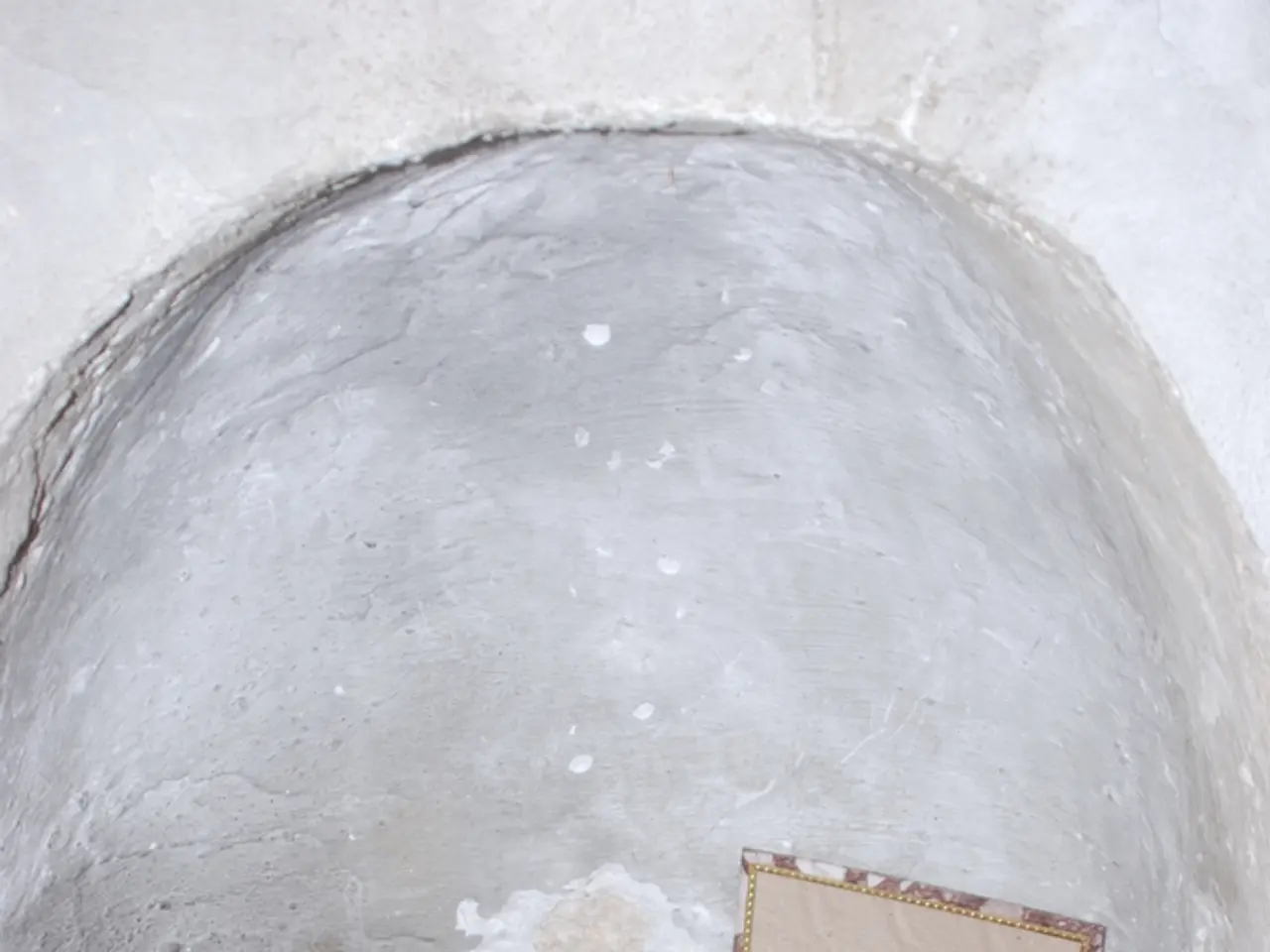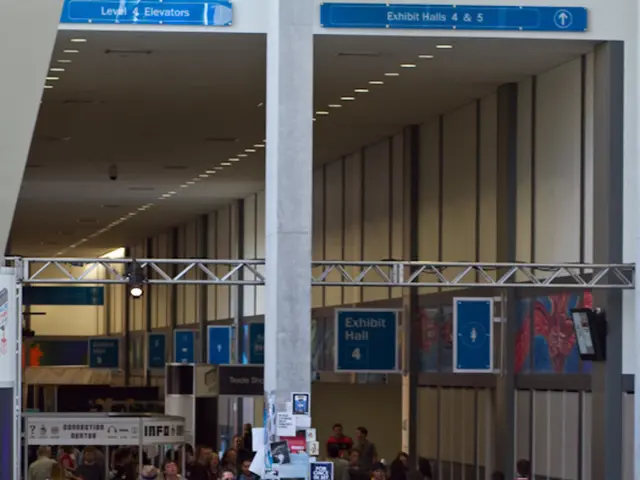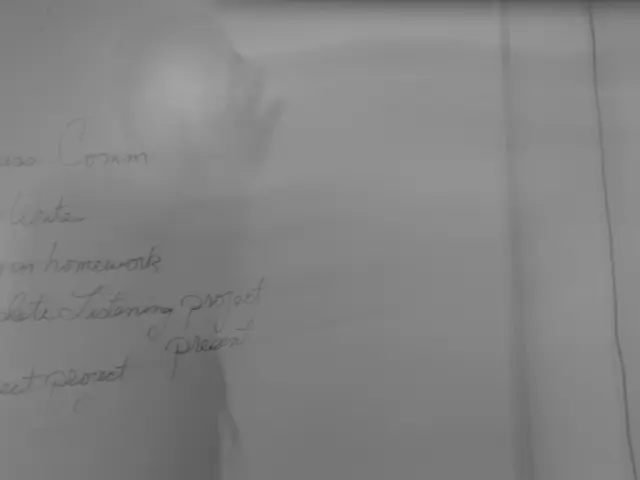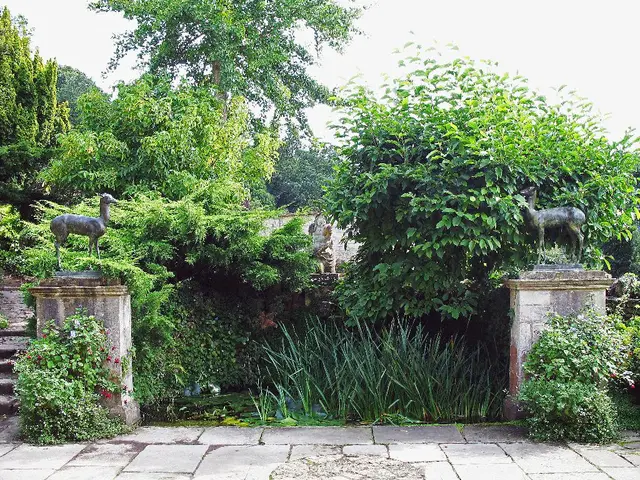DIY Water Feature: Blending Hues Through Creative Waterfall Design
Building a DIY Water Wall with Color Mixing and Decision Maker
A DIY water wall experiment has captured the imagination of many, combining the principles of fluid flow, color mixing, and interactive decision-making. Here's a step-by-step guide to creating your own water wall with a color mixing segment and a decision maker.
Step 1: Building the Water Wall Frame and Flow System
Construct a vertical frame using clear acrylic or glass panels to serve as the water wall surface. Include several horizontal or slightly tilted transparent tubes or channels layered vertically, where colored water can flow downward. At the top, install reservoirs for different colored water, using food coloring or water-based paint diluted with water. Add valves or small controlled openings that can release colored water selectively into the flow channels.
Step 2: Creating the Color Mixing Segment
Design a mixing chamber or junction in the middle or bottom of the water wall where different colored flows meet and mix naturally. Use transparent confluences where two or more colored water streams merge, enabling visual blending of colors in real time. To enhance mixing and decision-making in colors, design a segmented section with multiple small compartments or layers where different color ratios can be adjusted by controlling valve flows.
Step 3: Incorporating a Decision Maker
Add a simple mechanical "decision maker" like spinning wheels or sliding panels that can direct which colored water flows into the mixing area next. This could be controlled by the user or automated using a small motor or servo. Alternatively, use water flow diverters controlled by buttons or levers—each representing a color choice—so users select colors to mix in the next cycle. For a digital version, incorporate sensors and microcontrollers to randomly or algorithmically select which color reservoirs to release, creating dynamic and surprising patterns.
Step 4: Testing and Refining Flow Speeds and Color Concentrations
Adjust water flow rates to prevent muddying colors excessively while allowing visible mixing. Experiment with diluted paints or food colorings to achieve vibrant, translucent color effects that blend beautifully.
Step 5: Adding Lighting and Visual Enhancement
Install LED lights behind or beneath the transparent columns to illuminate the colored water, enhancing the color mixing display. Use reflective back panels to intensify color visibility.
While the search results primarily focus on watercolor color mixing techniques and paint blending, the concept of a "DIY water wall with color mixing and decision maker" integrates these artistic color principles with physical water flow design and user-interaction mechanics. No exact step-by-step DIY from the results was found, so the above is assembled from practical methods to apply color mixing in water and interactive decision elements.
It is essential to consider safety measures when building a DIY water wall. The design had a potential risk of water spillage on the person below, and the experiment did not mention any precautions to ensure safety from potential water spillage. Milk cartons were used in the DIY water wall, with holes drilled at the top and tubing pushed through. Water from the tubes was collected in a bottle beneath the DIY water wall.
When constructing your DIY water wall, it is crucial to address potential water spillage risks and provide adequate safety measures to ensure a safe and enjoyable experience for all involved.
A home-and-garden project, the DIY water wall, combines principles from science and lifestyle. By incorporating stem concepts such as fluid flow, color mixing, and decision-making, it creates a home-lifestyle fusion that captivates participants.
To enhance the home-and-garden aesthetic, consider adding LED lights behind or beneath the transparent columns to illuminate the colored water, creating a captivating home-lifestyle display.



